It starts out as just your average weekend in Vegas. Before my plane even touches down, there’s a birthday in the front of the plane and a bachelorette party in the back. On the cab ride over I spy a massive Ms. America banner hanging dangerously close to my hotel, the short jog to the convention center yields to a staggeringly long line of beefy, overly-serious people emerging from some sort of fitness trade show. There’s a gun show to the right, a small stock of vaping NRA members toting sign-up sheets, and something proclaiming itself to be the “world’s largest tattoo expo” to my left.
I don’t pay much mind. I’m here because Blizzard’s here. The company rented out a massive space for the biggest Heroes of the Storm event since its ESPN debut a couple months ago and asked me to come along. I couldn’t say no.
This is the America’s Championship, a regional qualifier that will see two finalists move on to the World Championships at Blizzcon, the company’s annual gaming and esports extravaganza. There, they’ll face teams from Europe, Korea, and China. It’s a testament to Blizzard’s influence, budget, and publishing power that it can throw a gigantic tournament, make it free to the public, stock both national and international media with flights and hotel rooms, and hand out $100,000 in prize money for a qualifying round for a game that’s only been officially out for three months.
That’s what makes Heroes the most interesting esports in the world. By all accounts the game been very successful in such a short time, sporting solid numbers on Twitch and a cultivated pro scene (something I’m sure Riot would’ve loved to have seen within the first half-year of League of Legends’ run). But Blizzard did not develop a MOBA with the intention to grow slowly over a half-decade of incubation and word-of-mouth. Heroes of the Storm is not a proof of concept, it is not an experiment, it is not something Blizzard is doing halfway. Blizzard wants the throne, and it wants it now.
A couple hours after landing, I’m navigating the twisting hallways of the Las Vegas Convention Center before finding a seat in a narrow, pull-away room stocked with microphones and the rest of the eager Heroes press. It’s time for the requisite cattle-call pre-match interviews with the teams. Artificial walls, busy PR reps, a tasteful fruit platter. It’s here, when I get the first glimpse of the stage setup, that I realize Blizzard is decidedly not fucking around. A professional, TV-ready array of lights, several Pop! Doll-dispensing claw games, an outstanding hero display sitting peacefully behind the 10 monitors that subtly change with the game-state. Claim the Knight on Dragon Shire and flames drift over the besieged team. This is how you make your game feel big.
There are maybe five teams that matter in the Americas: The upstart, unsigned underdogs Murloc Geniuses, the minor franchise players of COGnitive and Complexity, and the sponsored uniformed favorites Tempo Storm and Cloud9. Tempo Storm have lost exactly one game since their formation in January, going 44-1. That’s a win rate of around 98 percent, which is impressive no matter how nascent a pro scene might be. They were recently 3-0’d brutally by an upstart group of Koreans called MVP Black, however. There’s chatter of complacency, a lost step, that maybe one of these other squads can take a shot at the castle.
My favorites are Murloc Geniuses. They come as friends. Shaggy, chip-on-shoulder, with nobody stacking their bankroll, not even a professional logo. There’s something kind of punk about holding down a full-time job while still pursuing your aspirations hard enough to have a say in a tournament like this. Nobody expects them to win, but they’re scrappy enough to make every game a hassle. Unfortunately, that means they’re still up against the wall.
“There are only five stable teams right now, and it’s no coincidence that those teams are here,” says Rori “CauthonLuck” Bryant-Raible, Murloc Geniuses’ carry. “After this and BlizzCon there is nothing to play for right now. We all want something consistent to really compete for.”
He’s absolutely right. One team will hoist up the World Championship at Blizzcon and win a life-changing amount of money. The others? Maybe they’ll have shots at minor third-party tournaments with triple-digit prize pools. It’s hard to say. This is still a young game. Someday Blizzard might have the esports infrastructure to prop up something as comprehensive as the LCS, but nobody expected that 90 days after launch
So this is it for 2015. There are no second chances. Win now or it’s back to school, back to work, back to a place where your dreams seem far away.
The open bar waltz
I’m eating a lobster mac ‘n cheese on a secluded patio underneath a neon sign at a slightly nicer hotel than mine. It’s an industry event organized by Blizzard, teeming with a collection of designers, PR folk, fanboys, and other reporters. It’s where I first realize that Heroes tournaments like this are an all-hands-on-deck operation. I’m flanked by someone working on Overwatch (the company’s still unreleased, team-based first-person shooter) someone working on Blizzcon, and a StarCraft community manager. A couple seats over is a kid about my age who’s one month deep into his new job as a PR coordinator and looks suitably exhausted. Across from me is Hugh Shelton, an amicable, bearded man who’s also the lead designer of Heroes of the Storm.
Gussied-up shows like this tend to keep most things on the surface, which is why I enjoyed talking to Hugh so much. He’s had a 10-year journey in video games, working on everything from failed MMOs (the Curt Schilling saga at 38 Studios) to dangerous brushes with mobile shuffleware (he tells me there was once a chance he’d have to make a Hannah Montana game). Now, he works at Blizzard, which, he says, was the plan all along. In Heroes, he’s got a new franchise with all the funding and vision you could hope for. He tells me he always stayed optimistic.
“No matter what you’re still making video games, it’s a great job. I can’t relate to people that have burn-out in jobs.”
I ask him if he gets any joy or pride out of watching a game he designed get played at a virtuosic level.
“It’s incredible,” his eyes light up. “I am one of very few people in the world who gets to work on something that’s played as an esport. You can compare it to being a person who designed football and watching football players go out and play. I’m getting sappy right now, but when I was a kid I played a lot of trading card games. My dad would take me to tournaments, and now I see kids on the out here with their parents.”
Later that night Shelton leaves to go party and gamble with a couple work friends, but he tells me the next day that by the time they got back to their hotel, the conversation was stuck on Heroes and balance and design. Most people go to Vegas to avoid what they do for a living, but amidst the Blackjack, the slots, and the barely disguised brothels, Shelton was talking about work. He loves this job, and he loves this game. In a world rife with games industry horror stories, Shelton’s existence is deeply, deeply reassuring.
The show floor is as impressive full as it was empty. Doors open at 9am, I was there at 10:03. Lights shimmer and shake with big plays and captured objectives. The impeccably dressed Dan “Artosis” Stemkoski and longtime StarCraft caster Nick “Tasteless” Plott run a far-off commentary booth, and a dozen-or-so cameramen broadcast live to a steady streaming audience of 30,000. There’s another 1,000 or so chairs on the floor, most of them taken bright and early. The Pop! Doll claw game already has a line around the block and a couple kids grab pictures and autographs from the semi-famous to famous streamers seated patiently in the VIP section. There’s a row of computers with a survey promising a special skin for the fan-favorite hero Illidan. The first question asks how often you watch Hearthstone, StarCraft, Heroes, and World of Warcraft. The second asks how often you watch League, Counter-Strike Go, Dota 2, and Smite.
The first game puts the upstart Murloc Geniuses against reigning superstars Tempo Storm. It’s a 2-0 sweep but it doesn’t come easy. The second game especially has Tempo on the ropes with the Geniuses’ drafting a super aggressive roster, but one ill-advised push to the core catches them out of position. Tempo Storm stomps through with a full-team wipe and kciks down the doors to the other core. The Geniuses can’t spawn in time to protect themselves, GG. Welcome to the loser’s bracket.
That’s the thing about competitive MOBA play. Sometimes you lose because you’re not efficient enough, sometimes you lose because you’re out-flanked and out-skilled in your team fights, but sometimes you just make a bad decision. Murloc Geniuses make one bad decision. That’s all that separates a group of friends from the best team in the world. You wonder if they’d make the same mistake if they had matching jerseys, a bit of sponsorship money, and a few more hours of cumulative practice.
The rest of the day is pretty uneventful. The trio of teams that aren’t based in North America—the ones from Brazil, Australia, and Singapore—are completely outclassed by the trademarked Five Teams That Matter. Cloud9 utterly destroys an anonymous Team Immunity, 19 takedowns to one. I actually see the victims crack a smile as they die over and over again. It might seem kind of silly for a portion of a National Championship to be dedicated to the stomping of lesser teams, and maybe some cynics would question if Heroes is ready for this level for competition, but frankly that doesn’t matter with production value like this. If you make it look like a big deal, then it’s a big deal.
There’s a security guard working the press lounge. Probably in his late 40s, greying, looks like a dad. I figure it’ll be fun to pick his brain, to get an outsider’s take on this world of lanes and levels and $100,000 prize pools.
“I mean esports is the biggest thing coming,” he says.
I’m not convinced, maybe he’s worked events like this before?
“No I watch Twitch every night, in fact after this I’m gonna go home and play some Heroes.”
Teardrops in my Sbarro
I’m watching COGnitive Gaming face off against Cloud9 while chomping down on two waxy Sbarro pepperoni and sausage slices. The winner moves to the Grand Finals and guarantees a Blizzcon berth. There’s something special about COG. I don’t expect them to win, but I enjoy the aggression. At their best they break the rules and keep the other team on their heels. Mike “Glaurung” Fisk is the star, a frisky assassin player who I watched tower-dive a wayward soul all the way back to his spawn point just to quench his bloodthirst.
And for a moment, it’s happening. In game one, COGnitive are up two levels and rotating down to a boss that would put near-unwinnable pressure on Cloud9. But then… something happens. There’s a pause in the game. Something wrong with the broadcast software. Maybe a dead keyboard or mouse. Either way, it takes 10 minutes to fix. In the seat in front of me, I watch Shelton shuffle his weight. The day before I asked him if he ever gets anxious watching Heroes played at a super high level. He said no, unless something drastic happens. He turns to me. “Alright, I’m feeling anxious.”
Sure enough, the problem is resolved and COGnitive emerge a little slow, and a little conservative. They overthink their rotations and get caught out of position, three heroes down. A few moments later, two heroes down. The level advantage evaporates. Three more heroes down. Within two minutes, Cloud9 are celebrating the most improbable victory of the weekend.
At this point the series is already over. COGnitive are emotionally spent, and they draft an awkward defensive lineup for game two. They get out of the gates slow, with none of the fire or decisiveness that made their earlier performances so thrilling, and are completely dominated as Cloud9 secure the 2-0 sweep. COGnitive takes third place. No Blizzcon trip. No million-dollar prize pools. No dreams realized.
As the core goes down support player Jeffrey “iakona” Dolan sinks his head into his hands and cries. He just cries and cries until he flares his hoodie, grabs his keyboard, and disappears backstage. I don’t blame him. Yeah, they weren’t good enough, they couldn’t deal with the pause, they weren’t psychologically capable of putting the last game behind them. But for a moment he felt it: 1-0 against the best team in the world, on the doorstep of Blizzcon, of playing video games professionally, that thing he’s been trying to make a reality for so long. And now, nothing. Maybe not nothing forever. But nothing for a while.
The scuttlebut amongst the pros was that Tempo Storm’s prodigious record didn’t stack up against C9’s talent. Sure enough, they take two quick games, consistently punishing Christopher “Zuna” Buecher’s overextended Butcher. Pep talk from CEO and Hearthstone pro Andrey “Reynad” Yanyuk pulls it back even, but Kun “iDream” Fang’s brilliant Zagara play seals it in game five. Lights flash, purple and blue confetti explodes from the ceiling, it’s the Super Bowl. Cloud9 hoist trophies and rub shoulders with Blizzard president and co-founder Michael Morhaime, who sports his trademark half-dragon-half-black button-down and reads something from a teleprompter about epic plays and “what esports are all about.”
Blizzard is full of perfectionists. That’s why the company took a decade to put out sequels to StarCraft and Diablo II. Heroes of the Storm is Blizzard’s shot at showing the world that it also “knows what esports are all about.” It felt like this whole event existed to prove that point. Here are our video boards, here are our suit and ties, here are all your favorite personalities, websites, and streamers. Once Blizzard finds a few more teams and viewers, it’s off to the races.
Walk into the club like “What Do I Do Now”
Blizzard is the exact sort of company to have a LAN set up at their private after-tourney rager. Ten furrowed-brow kids playing some more Heroes above a dancefloor. If there’s one image I’ll remember for the rest of my life it’s the singer of the house band, gyrating mid-Taylor Swift cover, in front of a live match on Dragon Shire.
As far as five-circles-around-the-room-looking-for-familiar-faces go it’s not bad. Morhaime is still rocking his dragon shirt, Glaurung is talking a whole boatload of shit, pausing a half-second to fist-bump me when I tell him how I liked his game. All the Blizzard folk are bouncing off each other—laughing, celebrating, just another day at the most powerful video game company in the world. Earlier in the week someone told me working at Blizzard was like working with 30 of your best friends everyday. Right now you can totally see it.
I bounce outside to hit the strip for the first time all weekend. Being in Vegas alone feels like being the world’s sweatiest ghost. I park out in front of the Bellagio as the clock strikes one. Video games brought me here. A video game tournament can stake its after party a block away from the most famous hotel in Las Vegas. I think about playing Goldeneye as a kid and wondering if I was the best player in the world. I think about the tantalizing stories I’d hear about the Korean StarCraft pro league, salivating on the possibility of that ever happening stateside. And now, in 2015, we’re here. We’re finally here.
Image via Blizzard | Remix by Jacob Wolf


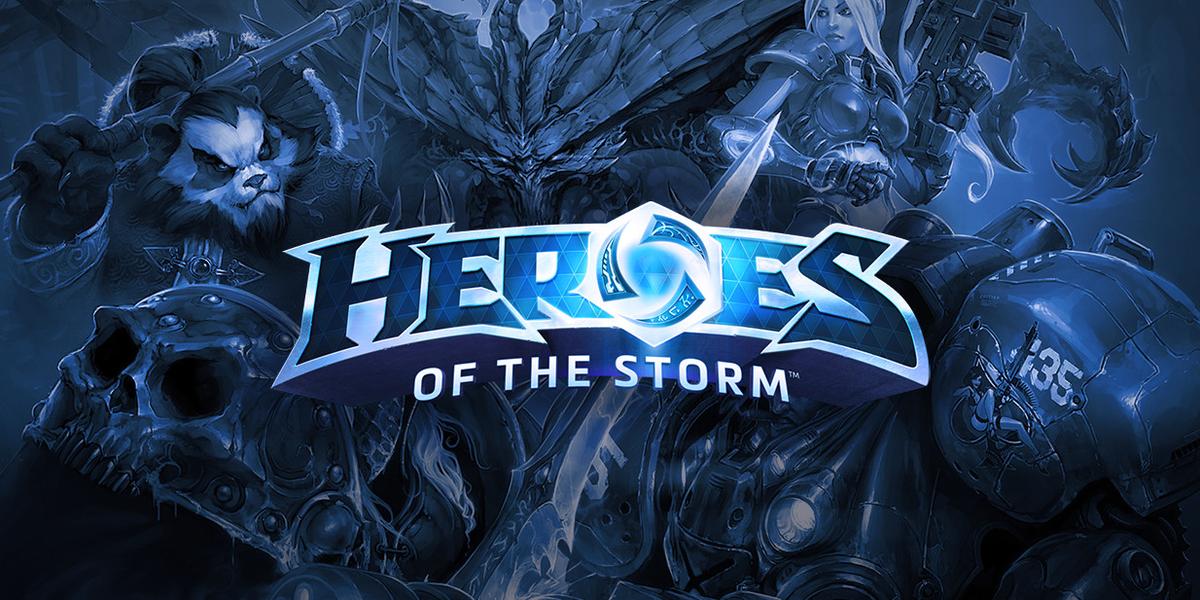
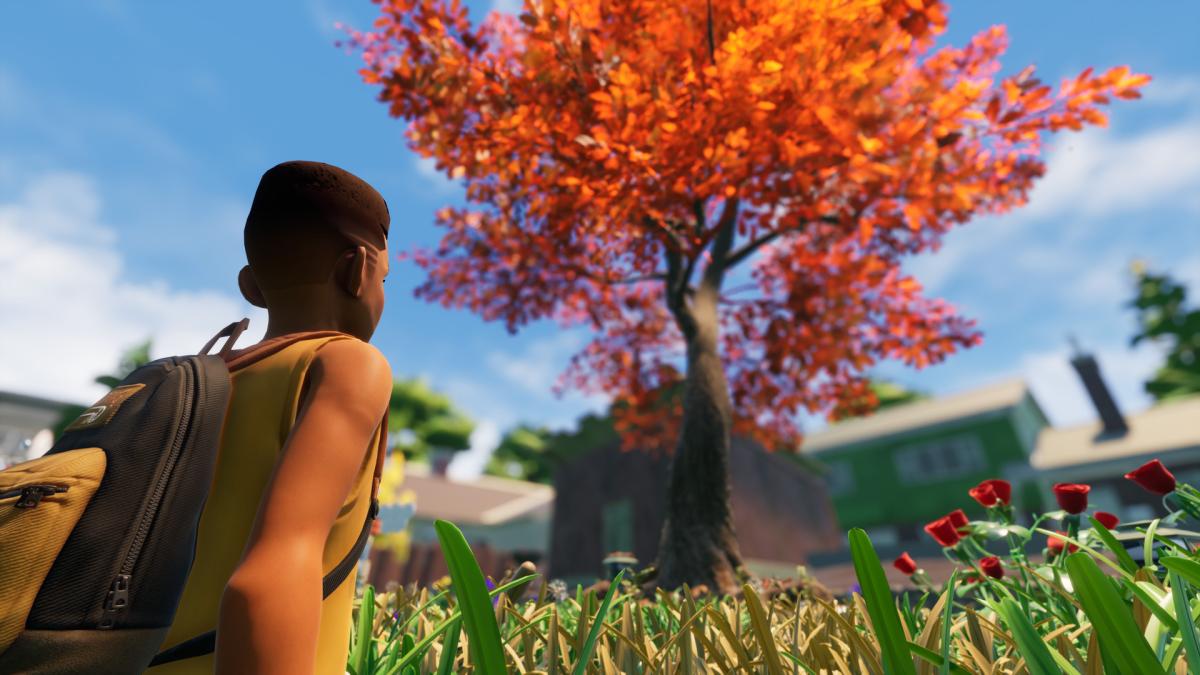
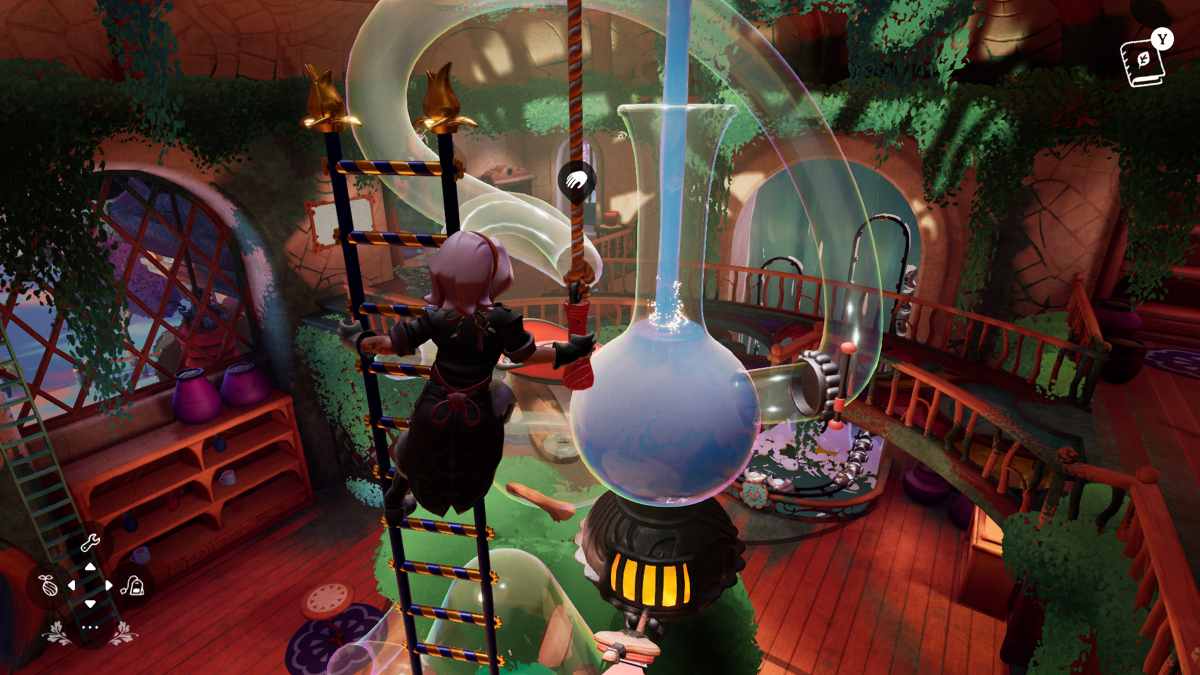
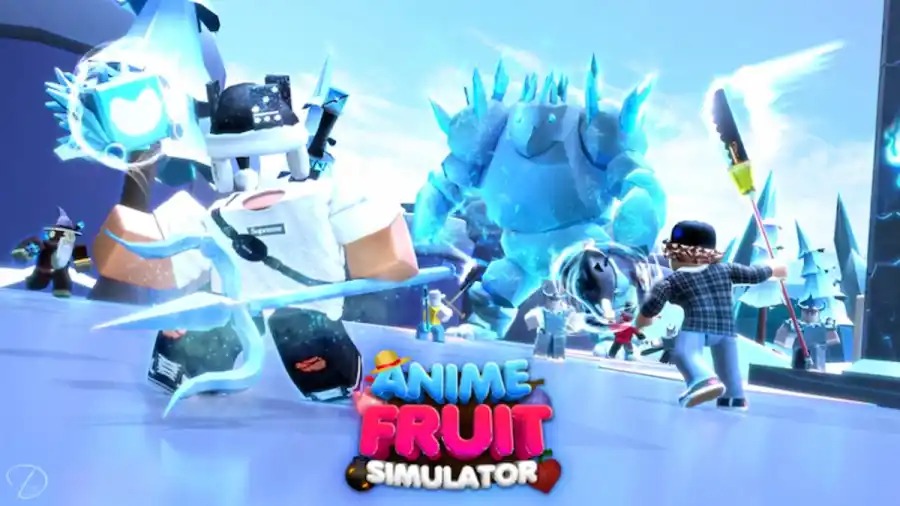
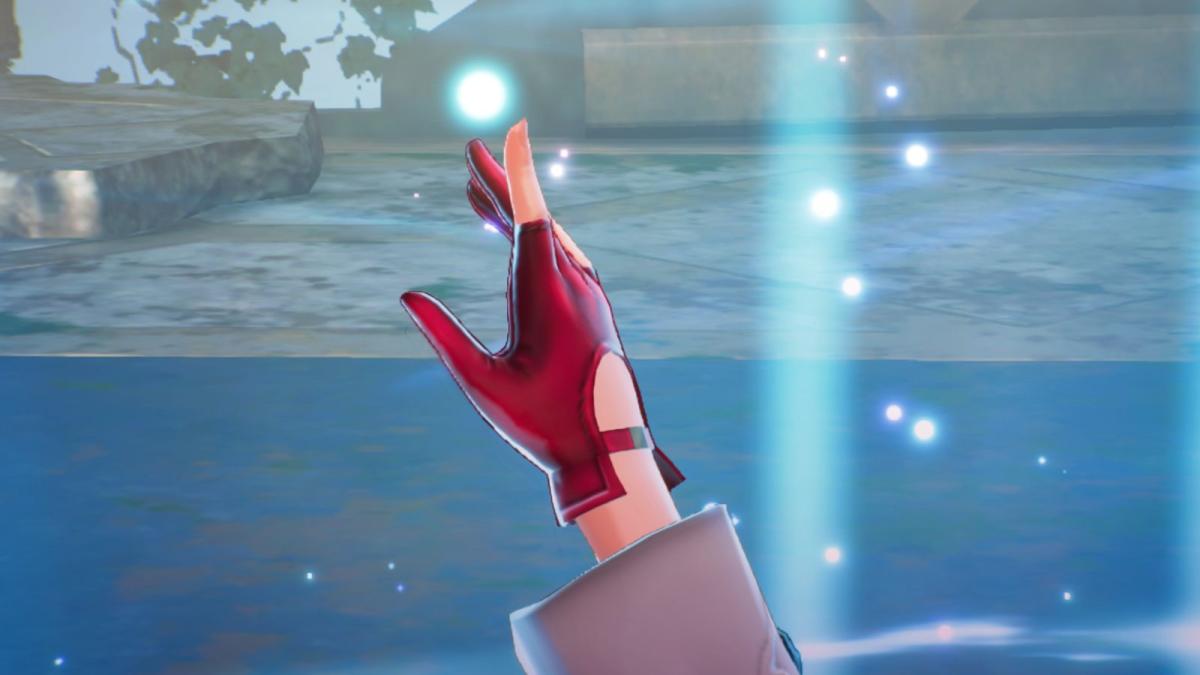
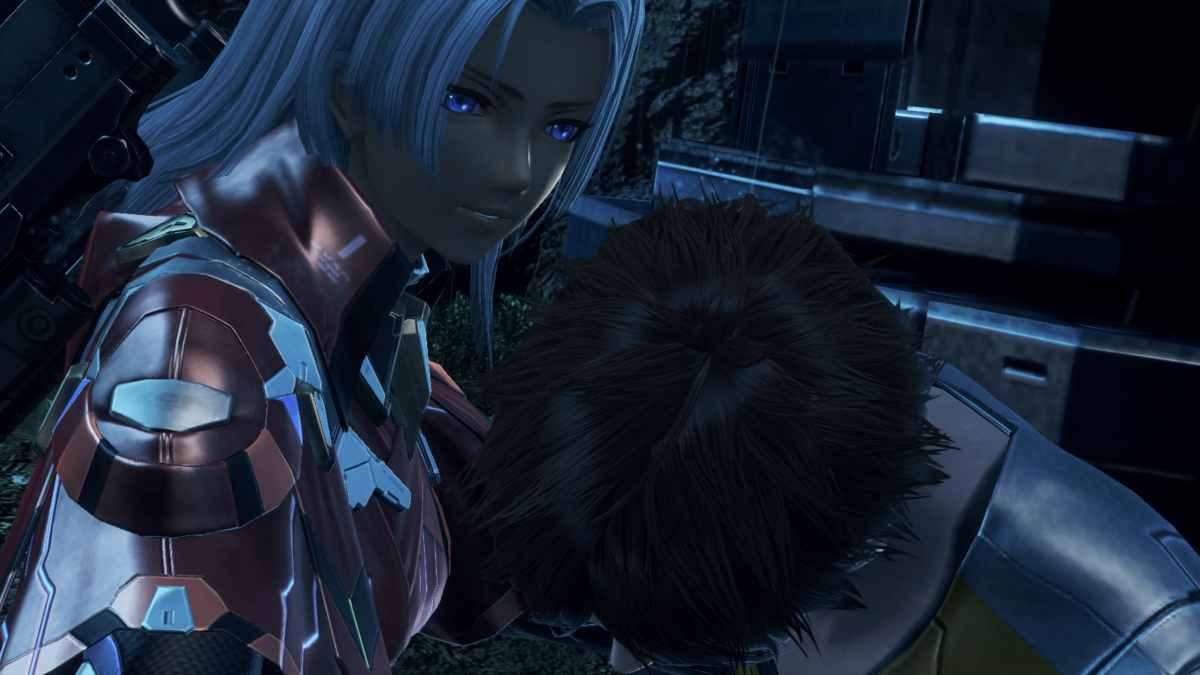
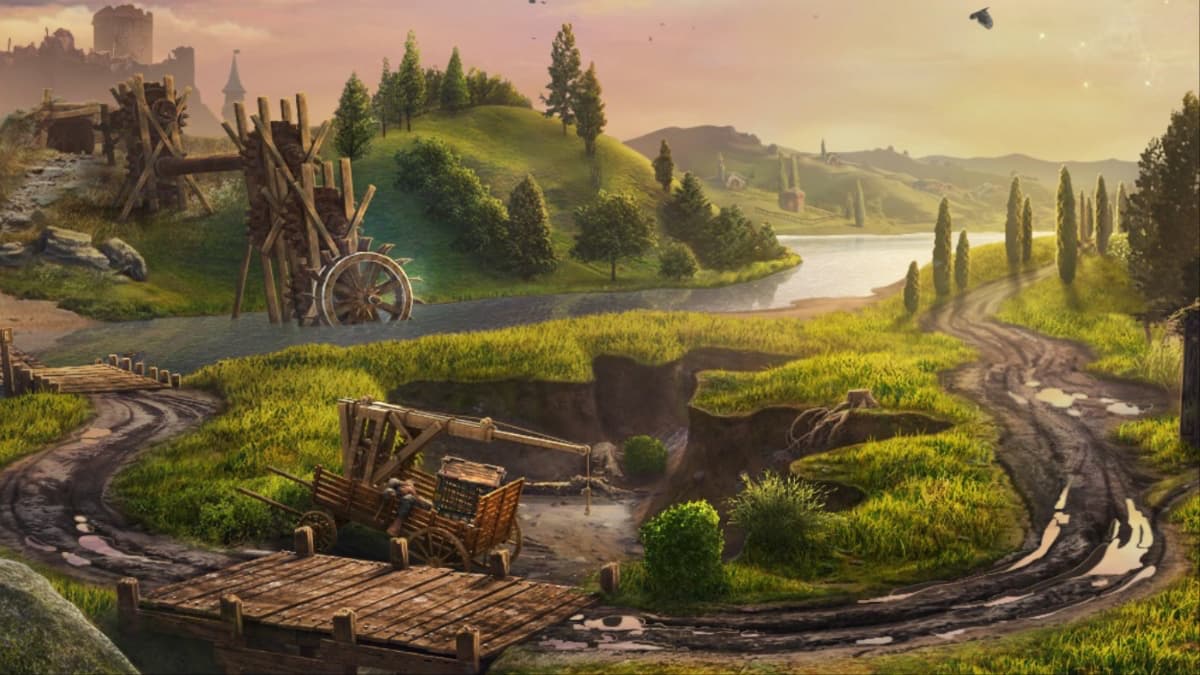
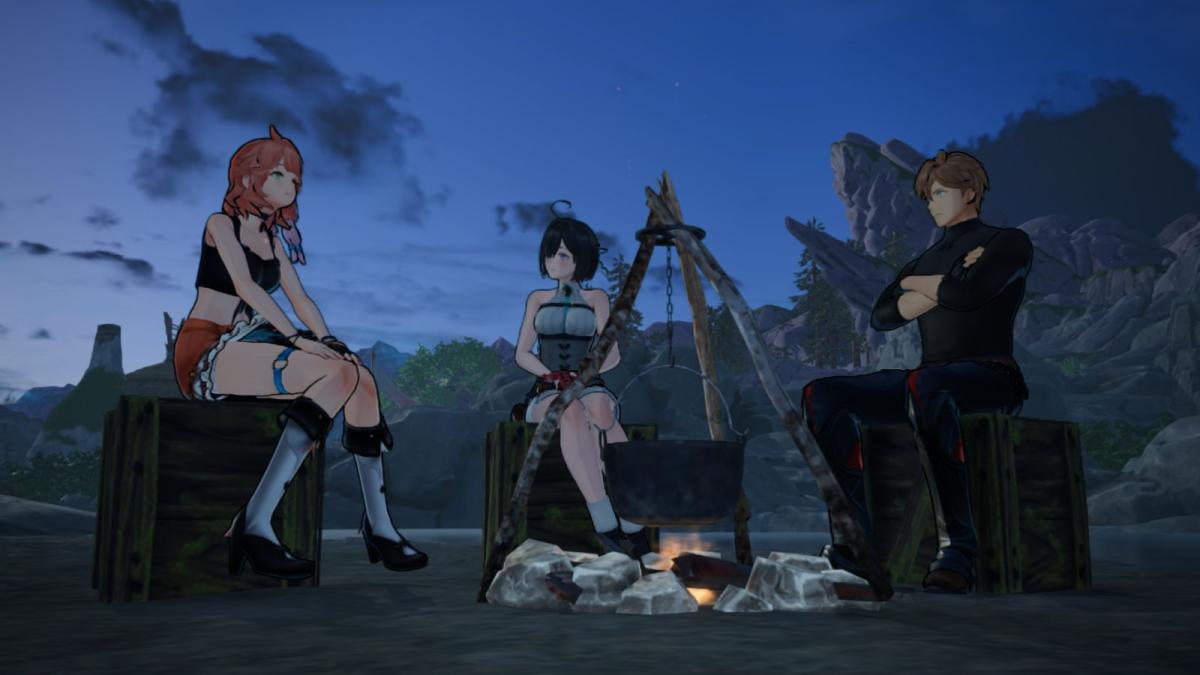
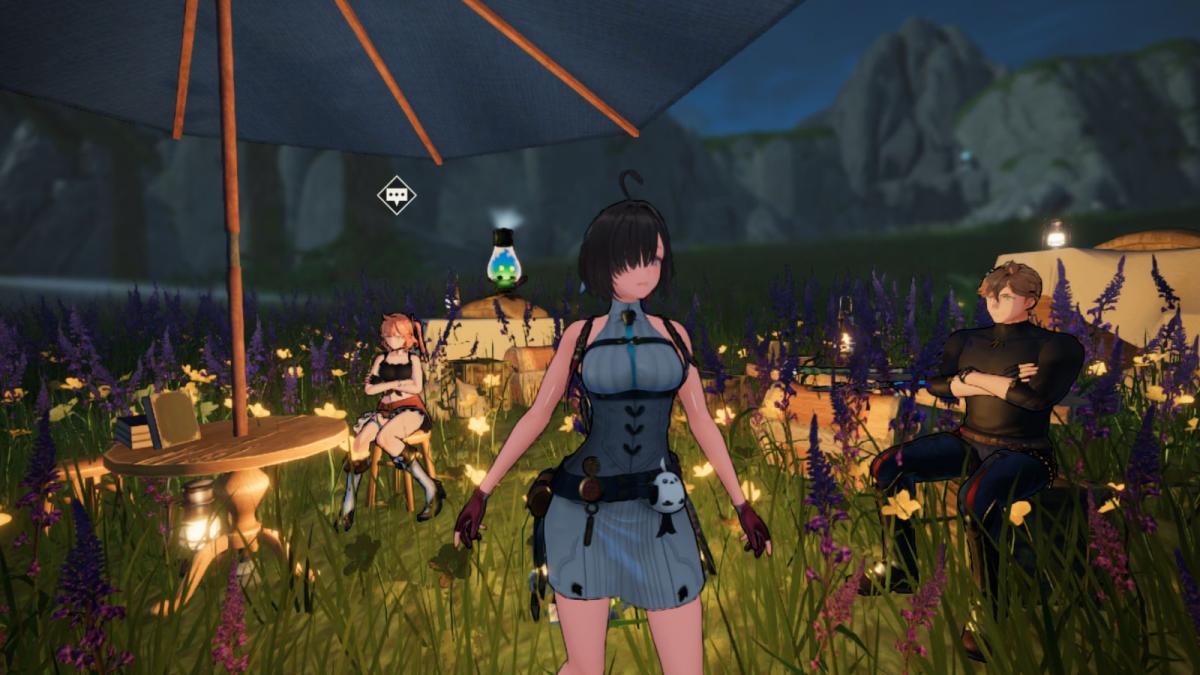

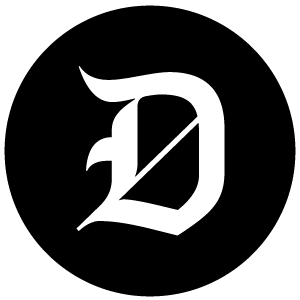
Published: Sep 24, 2015 03:17 pm